It is important to choose the appropriate option when it comes to your front garden fences because it can significantly change the way your house looks from the outside.
All DIY garden fence designs serve the same purpose, much in the same way that your home’s walls do. However, when referring to fences for the front gardens, it is also used to describe how a property looks from the street.
A front garden fence has several benefits, including improving the appearance of your house and offering protection and privacy as well. Selecting the ideal front garden fence can seem like a tough job with so many options to consider.
However, the best fence for your front yard can be simple if you have the correct information and advice. To help you make the best option for your house and property, this guide will lead you through the key considerations to consider when selecting a front garden fence.
Importance of a Front Garden Fence
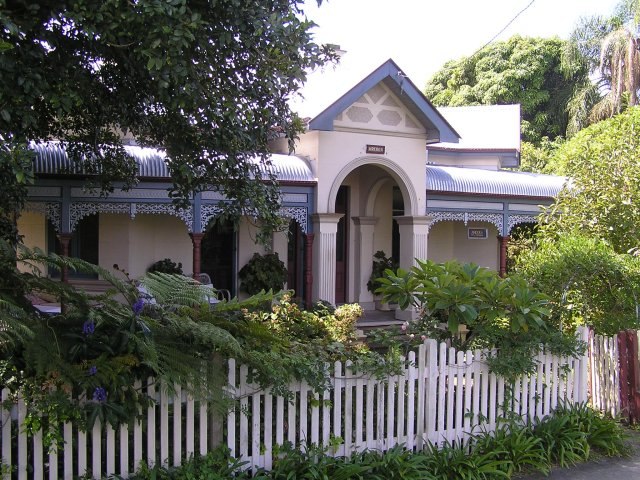
The increased security that a front garden fence provides is one of the main advantages. You and your family will feel more protective if you erect a physical barrier to keep possible invaders away. A fence can also guarantee the safety of kids and animals by preventing them from wandering onto busy streets or neighboring properties.
A front garden fence also serves as a boundary maker, drawing a distinct line between your property’s boundary and neighborhood. This gives you a sensation of solitude to enjoy your outdoor space without worrying about being watched.
How Tall Can a Fence Be Built?
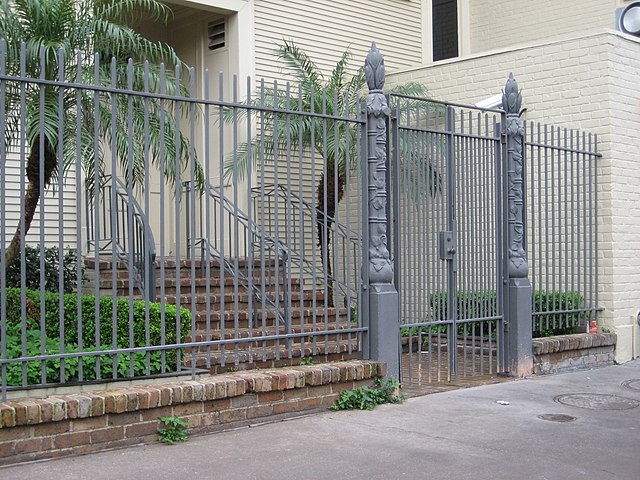
If the fence is higher than 2 meters, planning approval is often required; however, as per many surveys, if the fence is close to a road, it may only be required to be 1 meter high. Additionally, if your fence violates some laws, someone else may object with good reason. They can be your lovely neighbors, too.
A privacy fence in your garden or backyard might not need a permit, depending on where you live, unless it is taller than 6 feet; yet, a similar fence in your front yard might only be 3.5 feet tall.
Your front garden fence’s height is an important factor that has an immediate impact on its appearance and functioning, as it will be the first thing to be noticed by pedestrians, neighbors, and your esteemed guests. The following criteria will help you make your choice better.
- Security: Choose a taller fence that blocks the outside view if security is your priority. This can prevent potential trespassers and provide you with more peace of mind.
- Privacy: Homes that are situated in densely populated areas can need more privacy and can particularly benefit from taller fences as they shield your front yard from prying eyes.
- Aesthetic: Think about how the height of the fence impacts the overall aesthetic of your home. Fencing that is too high might give your property an intimidating appearance, while fencing that is too low may keep your property feeling open and welcoming.
- Local Regulation: Always verify your local laws and regulations for any restrictions on fence height. Non-compliance could lead to expensive adjustment or removal.
Considering Different Materials and Styles
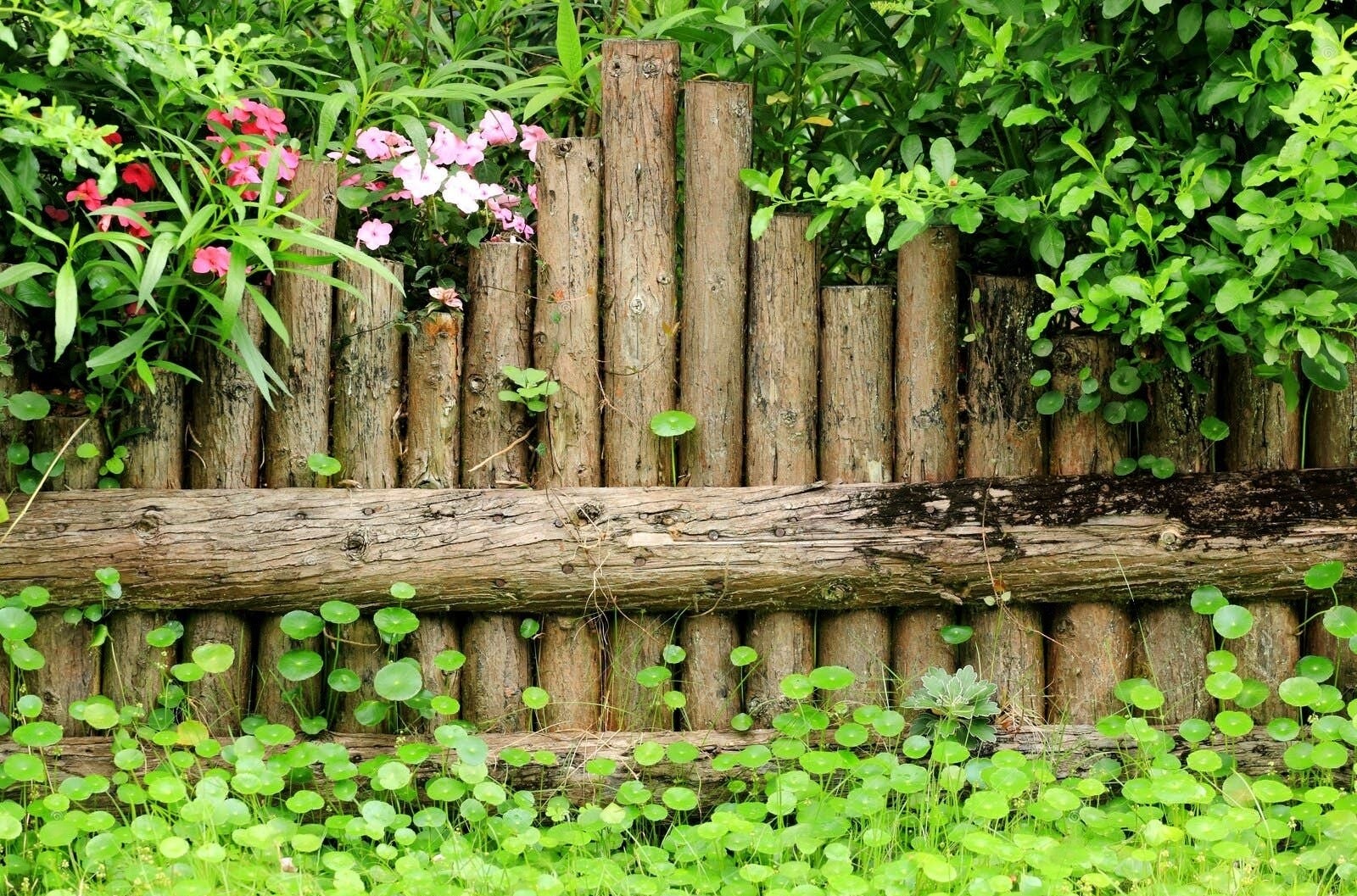
Wood, vinyl, metal, and composite are the most widely used materials for front garden fences. Each material has specific benefits and drawbacks of its own. Wood is a traditional material that offers a natural and rustic feel, but it needs regular maintenance.
Vinyl is low maintenance and available in many styles, although it might not be as durable as metal. Metal fences, such as wright iron or aluminum, are known for their strength and security. However, they can empty your pockets as well!
Consider the fence’s style in addition to the materials. You have various choices, such as picket fences, privacy fences, decorative panels, rail fences, cottage fences, contemporary fences, metal fences, or even a mix of other types. It’s crucial to pick a style that not only improves the appearance of your home overall but also appeals to your tastes and harmonizes with the surrounding environment.
You can make sure that your front garden fence completely suits your demands and enhances the beauty of your outdoor space by considering the right materials and styles available.
Evaluating Maintenance Requirement

Maintenance is also a crucial factor that one needs to mind when shortlisting the materials and the design for the front garden fence. To maintain them weatherproof in the best possible condition, wooden fences, for instance, may need to be stained or painted regularly. On the other hand, metal and vinyl fences often require just cleaning to remove dirt and debris.
Think about how much time and work you will put into maintaining the fence in your front garden. Materials like metal or vinyl can be a better choice for you if you lead a busy life and desire a fence that requires less maintenance.
Moreover, take local weather conditions into account. For more particular weather conditions, some materials are more resilient and suitable. A fence constructed of material like vinyl or aluminum would be more resistant to moisture damage if you live in an area with high humidity or frequent rains.
Final Thoughts
You have gone through the process of choosing the perfect front garden fence; by following this ultimate guide, you have taken all the necessary steps to ensure that choosing the perfect front garden fence isn’t just about appearance; it’s about crafting a secure, welcoming, and attractive outdoor space.
Understanding it’s important reveals that it’s not merely a barrier; it is your home’s first impression that also needs to meet your budget and functional needs. Maintenance should not be overlooked. Consider your schedule and local weather. Some materials are hardier in humid climates, while others thrive when dry.
Happy Fencing!

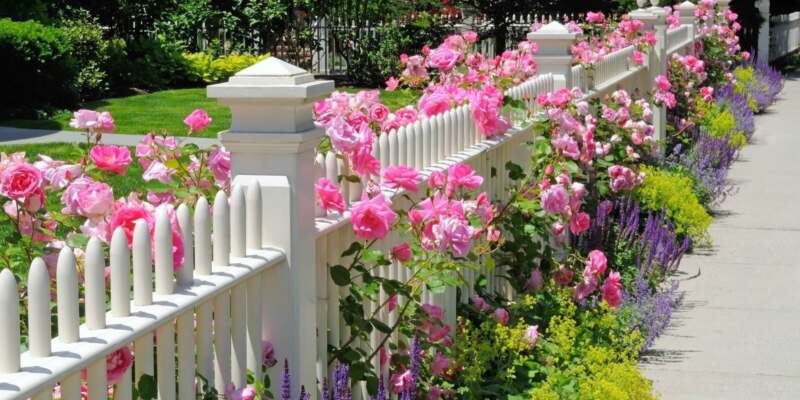
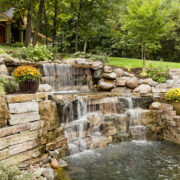
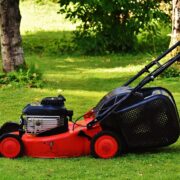


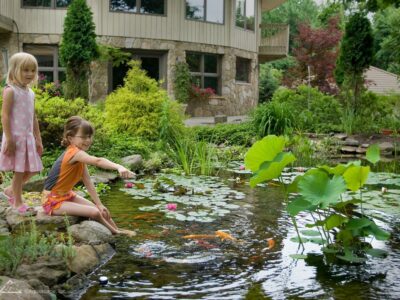
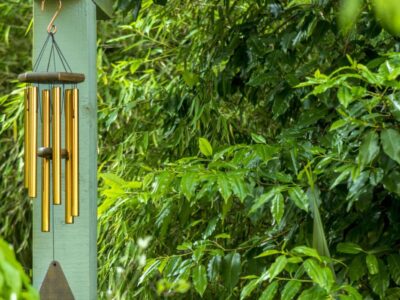
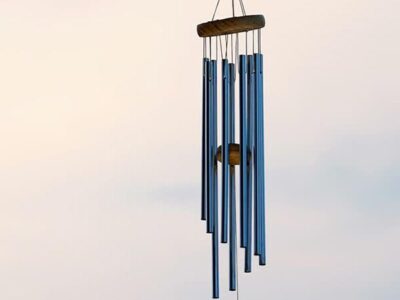

Comments